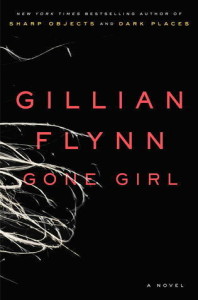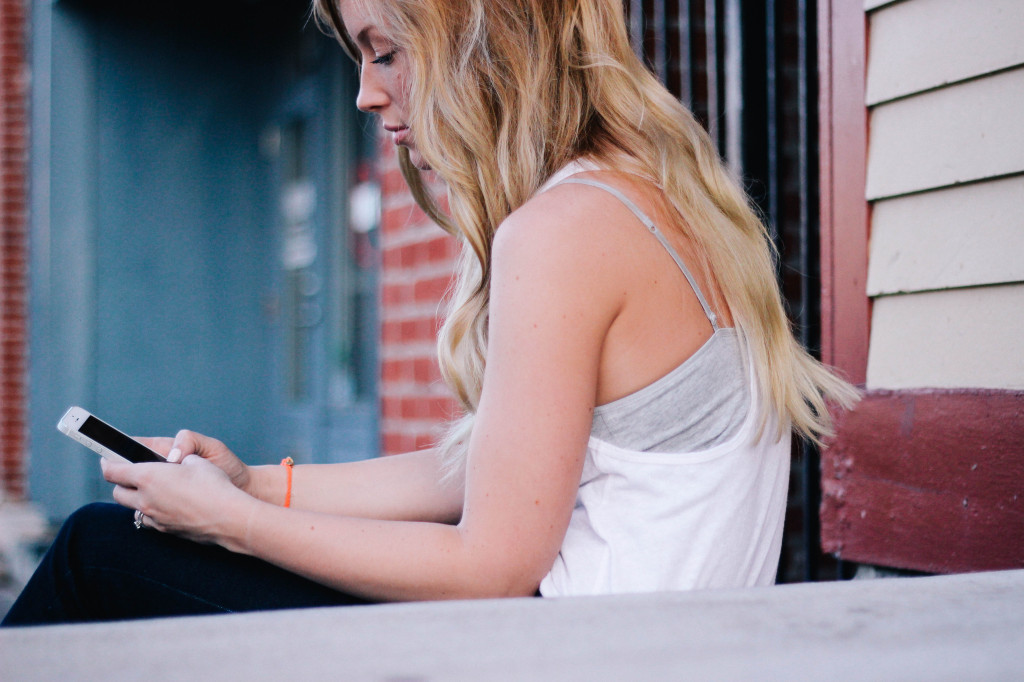She swoons to conquer
Batya Ungar-Sargon, who has a Ph.D. in the eighteenth century novel, asks, “Readers of romance fiction enjoy tales of alpha males and forced seduction. Could they still be considered feminists?”
In 2013, Americans spent $1.08 billion dollars on romance novels, which represented a whopping 13 per cent of the adult-fiction revenue – double what literary fiction brought in the same year. And unlike many other forms of entertainment, romance sales were undisturbed by the economic downturn of 2008, a year in which reportedly one in five Americans read a romance novel.
With the eyes of a literary historian and critic, Ungar-Sargon examines romance novels from their early origin in the development of the novel as a distinct literary form through Fifty Shades of Grey and other contemporary manifestations. Why do romance novels continue to outsell every other sliver of the publishing pie in an age when “no means no” and men are encouraged to share housework and child-rearing duties?
Pamela, Or Virtue Rewarded (1740) by Samuel Richardson, published in 1740 is widely considered one of the first novels; it’s also a romance, complete with a young heroine readers root for, an alpha male for her (and the reader) to fall in love with, and a happy ending. In historical contexts in which women were disenfranchised socially, legally, and financially, the domain of love was the only context in which they could be desired, worshipped, and adored: “Unlike other genres, which treat women as accessories or plot devices to motivate a male hero, here women are the plot.”
This genre continues to thrive because, as one woman who reads 150 romance novels a year explains, the main drawing points of the novels are:
the tension, the drama, and most importantly, the ending. Other genres have tension and drama, but only romance guarantees the H E A [Happily Ever After ending] – an implicit promise that the payoff will be worth it, that the pain will transform into pleasure.
My summary here doesn’t do justice to the depth of Ungar-Sargon’s article. Read her analysis of how contemporary romance novels have come to represent women’s acknowledgement of their own sexuality and their negotiations around the imprecise concept of sexual consent.
27 Seriously Underrated Books Every Book Lover Should Read
BuzzFeed crowdsourced this list of favorite underrated books. The list features authors from
Jules Verne and Louisa May Alcott up to current publications.
Although I had read a few of these and had heard of several more, I still found several books to add to my gargantuan reading list.
And the inclusion of one book that I stopped reading more quickly than usual and another one (Firefly Lane by Kristin Hannah) that I and almost everyone else in my book group did not like reminded me that personal taste is indeed very personal.
How many of these books have you read? Which ones will you add to your own TBR (to be read) list? Which of them did you like or dislike? And what other titles would you add to the list?
Murder she wrought
Female thrill-killers are rare in crime fiction. Why is it hard to imagine a woman who murders for pleasure not revenge?
Most crime fiction featuring women presents them as private investigator, police officer, lawyer, or victim. Here Melanie McGrath, author of both nonfiction and crime fiction, examines why most crime novelists avoid woman characters who kill for pleasure:
They’re a rare breed in crime fiction, yet readers seem fascinated by their fictive potential. Most often they’re seen as purely literary creations, the inventions of a writer’s dark mind. Readers want to see women thrill-killers in fiction without necessarily believing they exist in real life. In many reader’s minds, they inhabit the same category as vampires or superheroes.
Women who commit violence in crime fiction usually do so for revenge or to rid themselves of an abusive partner.
McGrath considers biological, psychological, and neuroscience approaches to explaining why, in both crime fiction and real life, men commit more violence than women.
Like most storytelling, crime fiction cleaves more readily to myth than to reality. Plus it’s a conservative genre (though its creators might not be), concerned with restoring order and equilibrium. Even at its more experimental limits, it tends to play with stereotypes, not discard them.

Yet, says McGrath, for decades novelists have been creating evil and selfish women characters like Amy Dunne in Gillian Flynn’s enormously popular book Gone Girl:
Amy Dunne has helped spawn a new sub-genre of crime bitch-lit. Women (and men) have shown themselves to be eager consumers of the kind of unprincipled, amoral, selfish anti-heroines typified by Flynn’s creation, and it’s surely only a matter of time before male writers feel confident enough to follow suit.
Author Q & A: Sven Birkerts on writing as meditation and the ‘infiltration’ of technology
Joan Silverman interviews Sven Birketts, director of the Bennington Writing Seminars in Vermont:
Birkerts, who’s best known for “The Gutenberg Elegies,” his 1994 lament about the future of reading in an electronic age, has spent the last two decades thinking and writing about how technology affects us. Though he’s no Luddite, he worries about what we gain, and lose, as technology increasingly dominates modern life.
Feminists sneaking into bookshops to leave ‘gender-busting’ bookmarks inside children’s books
From the U.K.:
A group of feminists in Cheltenham has been sneaking into stores and leaving “gender-busting” bookmarks inside children’s books that are specifically for boys or girls. The bookmarks are hand-made, with slogans including: “Celebrate her brain, not her beauty”; “Boys don’t have to be gruff, tough or rough”; and “Let girls and boys be kids”.

